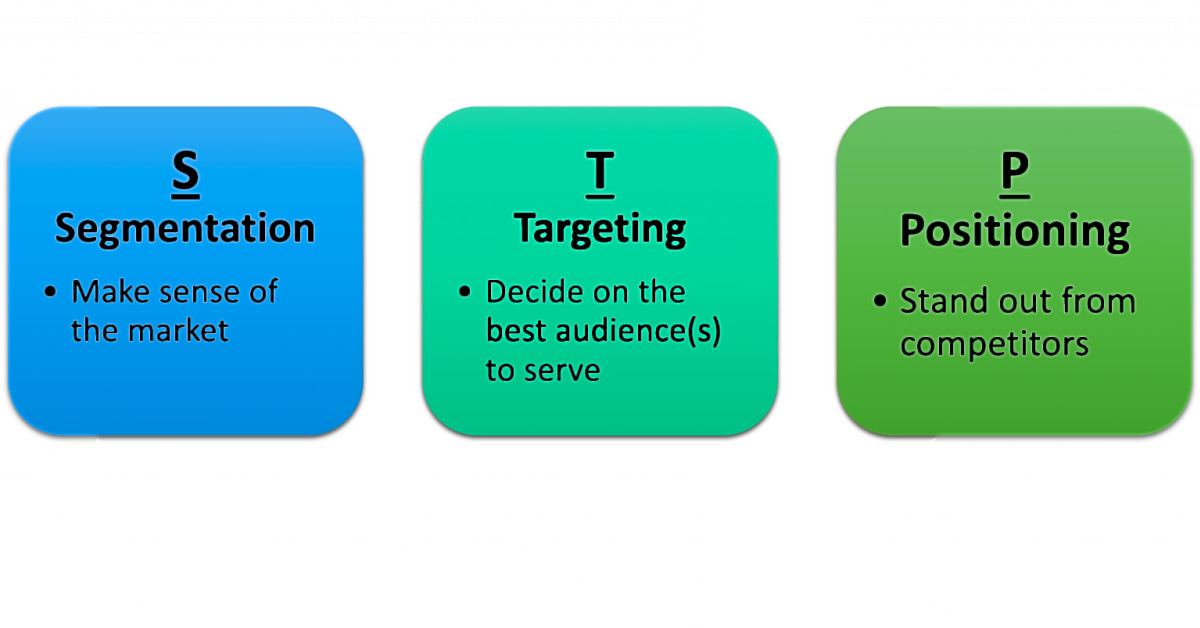In today’s competitive business landscape, it is crucial for companies to have a strong understanding of their target audience and segments. By identifying these key factors, businesses can develop effective marketing and financial strategies to reach their desired goals. Whether you are a startup looking to gain traction in the market or an established company looking to expand your customer base, knowing your target audience and segments is essential for success. In this article, we will delve into the process of identifying your target audience and segments and how it can positively impact your marketing and financial strategies. So, let’s dive in and explore this crucial aspect of business development together.
In today’s competitive business landscape, it is crucial to have a solid understanding of your target audience and segments in order to develop effective marketing and financial strategies. By identifying your target audience and segments, you can tailor your approach and stand out from the competition.
Firstly, it is important to define what we mean by ‘target audience’ and ‘segments’. Your target audience refers to the specific group of people who are most likely to be interested in your products or services. On the other hand, segments refer to smaller groups within your target audience that share similar characteristics or behaviors. By identifying these segments, you can create more targeted and personalized marketing strategies.
To identify your target audience and segments, you need to conduct thorough market research. This includes analyzing demographics, behaviors, interests, and needs of potential customers. You can also gather valuable insights from your existing customers through surveys or feedback forms. These insights will help you understand who your customers are, what motivates them, and how you can effectively reach them.
Once you have gathered all this information, you can start segmenting your target audience based on common characteristics or behaviors. This can include factors such as age, gender, location, income level, buying habits, and interests. By understanding these segments, you can create targeted marketing messages and campaigns that will resonate with each group.
Segmentation also allows you to personalize your marketing efforts. By knowing the specific needs and interests of each segment, you can tailor your messaging and offers to better meet their expectations. This not only helps you stand out from the competition but also increases the chances of converting leads into customers.
Furthermore, identifying your target audience and segments can also help you allocate your marketing budget more effectively. By understanding which segments are most valuable to your business, you can focus your resources on those areas and avoid wasting money on targeting the wrong audience.
In conclusion, identifying your target audience and segments is a crucial step in developing effective marketing and financial strategies. It allows you to understand your customers better, create targeted and personalized marketing campaigns, and allocate your resources more efficiently. By following these key steps and continuously gathering insights from your audience, you can stay ahead in today’s competitive business landscape.
Understanding Your Target Audience
When it comes to developing effective marketing and financial strategies, having a clear understanding of your target audience is crucial. Your target audience is the group of people who are most likely to be interested in your product or service. By understanding their needs, wants, and behaviors, you can create targeted campaigns that resonate with them and drive better results for your business.
Before you can start identifying specific segments within your target audience, it’s important to ask yourself the following questions:
- Who are my current customers?
- What are their demographics (age, gender, location, income)?
- What are their interests and hobbies?
- What are their pain points and challenges?
- What motivates them to make a purchase?
These questions will give you insights into who your target audience is and what drives their purchasing decisions. It’s also helpful to conduct market research and gather data on your target audience to further refine your understanding.
Segmenting Your Target Audience
Once you have a clear understanding of your target audience, you can start segmenting them based on shared characteristics or behaviors. This process involves dividing your audience into smaller groups, which allows for more targeted and effective marketing strategies.
One common method of segmentation is demographic segmentation, which involves categorizing your audience based on factors such as age, gender, income, education level, and occupation. This information can provide valuable insights into the needs and preferences of different demographic groups, allowing you to tailor your messaging and offerings accordingly.
Another method is psychographic segmentation, which focuses on the attitudes, values, and lifestyle of your target audience. By understanding their motivations and interests, you can create more personalized marketing campaigns that resonate with your audience on a deeper level.
Behavioral segmentation is also a useful strategy, which involves categorizing your audience based on their actions and behaviors. This can include their purchasing habits, online browsing behavior, and response to marketing efforts. By targeting these specific behaviors, you can better tailor your messaging and offerings to meet the needs of your audience.
Identifying your target audience and segments is a continuous process that requires constant monitoring and adjustments. By regularly reviewing and refining your approach, you can ensure that your marketing and financial strategies remain effective and relevant. Remember to also stay updated on market trends and changes in customer behavior to stay ahead of the competition.
